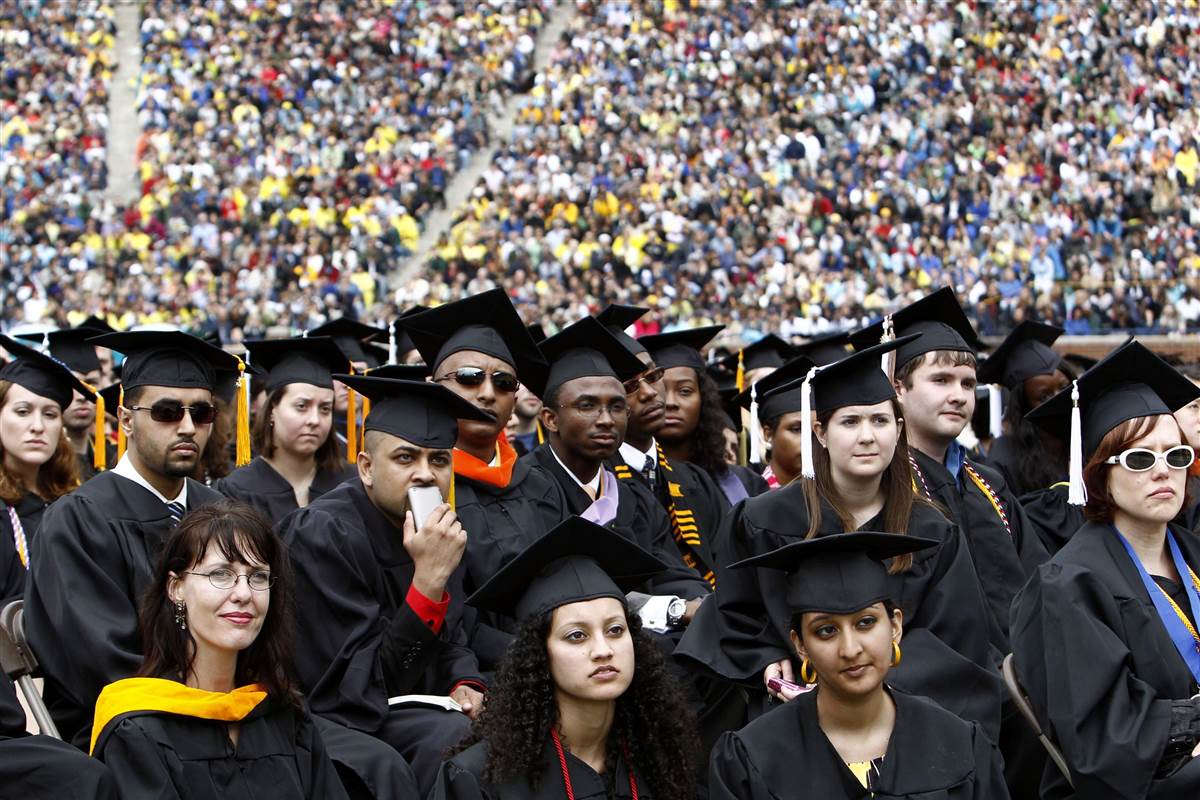A fresh Federal Reserve study on US citizens’ well-being has revealed that almost a third of adults are just getting by and are never far away from serious financial hardships. And this despite record-low unemployment.
The survey by the US central bank showed 30% or 73 million adults in the US described their financial situation as difficult. It noted that the rates of hardship were higher in black and Hispanic populations compared with whites, DW reported.
“Substantial shares of adults are struggling with their regular expenses or would struggle to cope with an unexpected hardship,” the Federal Reserve said in its annual assessment of people’s well-being.
The Fed emphasized the continued impact of soaring health care costs on everyday Americans, with 10% of adults, or 24 million, carrying debt from medical expenses incurred over the last year.
The survey added costs for higher education were another key difficulty, with more than half of the adults, who attended college, taking on debt.
Interest of Loans Rise
Beginning in July, interest rates on new government loans are set to rise by 0.69 percentage point, according to figures from the Department of Treasury. For undergraduates, that could amount to nearly a 20% increase in interest charges.
New undergraduate loans from the Department of Education are due to carry an interest rate of 4.45%, up from 3.76% for the academic year ending in June. Rates on some graduate loans are set to rise from 5.31% to 6%, while rates on loans to parents and guardians are due to experience a jump from 6.31% to 7%. For example, the cost of a $10,000 loan would increase by about $400, according to an online calculator maintained by Bankrate.com.
That may not seem like a lot of money, but the uptick comes on top of a mountain of student debt. After years of tuition hikes by colleges and relative decreases in US grants, more students and their family members are borrowing from the government to finance higher education. As it is, some 44 million Americans collectively owe $1.4 trillion on their student loans, an average of roughly $32,000 per debtor. About one in six American adults has a student loan.
Higher costs to borrow from the US government could help private lenders such as SLM Corp., more commonly known as Sallie Mae, and Discover Financial Services. Both companies lend to households seeking funds to pay for college, but interest rates on their undergraduate loans are generally higher than those offered by the government, according to a review of their websites. Their loans—which lack the protections afforded to Americans with federal loans who subsequently struggle to repay their debt—could be more attractive to borrowers if their rates stay steady while the Fed raises prices.
Growth Rate Unrealistic
The fiscal 2018 budget, due to drop Tuesday, will likely reflect assumptions that economic growth of 3% or more will make President Donald Trump’s spending proposals work. Those are bad assumptions, according to a new research paper from the Committee for a Responsible Federal Budget.
During his campaign, Trump promised to deliver 4% GDP growth, a number that dropped to 3% after he took office. In February the president told Fox News that his $54 billion defense budget would be paid for by a “revved-up economy” and that 3% growth would represent “a whole different ball game.” Treasury Secretary Steve Mnuchin stuck to that statistic in his testimony Friday before the Senate.
But the number is unrealistic, said Marc Goldwein, senior policy director at the bipartisan CRFB, in a press briefing. A more credible number is just south of 2%, more than a percentage point below the 3.2% average annual rate the US has enjoyed since 1950.
“If you assume 3% growth rather than 1.8% the entire decade, basically it is a $3 trillion difference,” said Goldwein. “Getting $3 trillion by assuming it definitely makes your job easier. Unfortunately it doesn’t do anything to accomplish that growth, and it doesn’t do anything to accomplish that deficit reduction.”


